Calisthenics beginners all experience the same frustration.
You feel like a new world opens up to you. Like a kid in a candy store.
But when you try the moves you see online…it kinda sucks. Something is missing. You just can’t seem do some exercises.
And it doesn’t feel like you’ll be able to do them any time soon.
It makes you want to cry.
Like the same kid that sees his ice cream fall on a pile of dirt after the first lick of the cone.
Increasing your level of calisthenics skill may feel like a difficult, perhaps even impossible journey.
But when you realise that flexibility is strength, that agonising road to be less stiff turns into a fun trip.
While experimenting with increasing your hamstring flexibility. You’ll discover that it opens many doors, not just windows.
You’ll stand out. Strong AND flexible.
Want to know how you can start loosening up those tight hamstrings?
How to open the door to the calisthenics candy store?
11 Things Don’t Know About Hamstring Flexibility
Before we start I want to explain why you need to focus on your hamstring flexibility and flexibility in general if you haven’t yet.
And how you can get your hands flat on the floor.
With your legs straight.
Not every now and then after a warming up, I mean consistently.
There are 11 things you need to know first:
- People are born flexible with full range of motion in their joints in most cases. Yes, you used to be able to do the front split/mid split with a smile as a baby.
- Flexibility has very little to do with actual muscle length, but much more with the stress reflex of the nervous system. Stop telling yourself you have short muscles, because you don’t.
- A large degree of flexibility can be regained through the right routines no matter what your age is. I’ve seen people age 40 and up achieve full front pike flexibility in less than a year.
- A functional degree of flexibility will reduce your chances of injury. Too much flexibility however can increase your chances of injury.
- Flexibility and strength are two sides of the same coin and not exclusive.
- Elevated tissue temperature increases the amount of elongation obtained from a stretch. Use long and warm clothes when stretching or do it in a warm room for better results.
- Lack of flexibility means lack of strength in the range of motion that has been lost. If you don’t use it you lose it.
- Tightening your face while you are stretching will tighten the rest of your body, so keep your face relaxed. Your entire body works as 1 big system. Tension in any area influences the ability to relax in other areas.
- Deep breaths calm down the reaction of your nervous system, which will allow you to deepen your stretch. Try taking 3-5 deep breaths right now, you’ll experience an instant calming effect. There are a lot of traditional breathing techniques which support this.
- People who are put under anaesthesia regain most of their flexibility while unconscious, once conscious again they stiffen up. Ever experienced a higher level of flexibility after a few shots of vodka? Waking up to realise the next morning that you actually couldn’t do a split? Or that your ankle isn’t supposed to fold like a news paper? Alcohol has an anesthetic effect.
- The best athletes on this planet are both flexible and strong, not one or the other. Take a look at olympic gymnasts, powerlifters, fighters etc. Although they have specialised themselves in certain areas.
You might not believe all of these 11 shockers, I didn’t.
That was until I started working on my flexibility consistently.
My strength went through the roof.
It’s primarily because you can combine more moves such as an L-sit to a handstand.
If you are a beginner this probably isn’t something you need to worry about yet, but it’s definitely something you’ll need to keep in mind.
So let’s get started with the real stuff.
Hamstring flexibility drills.
How To Increase Your Hamstring Flexibility With Calisthenics
While I have included some repetitions and durations, when it comes to stretching the most important thing is that you have to do what’s feels good, while at the same time reaching for a position.
Using more force isn’t necessarily better and breathing through and while you are getting into a deep stretch is essential.
In addition to all this information, the frequency at which you stretch certain areas of your body depends on your age.
The younger you are, the easier it will be for you to regain flexibility in general.
During the remaining days focus on maintaining your flexibility by entering the stretch position every now and then during the day to make this range of motion normal to your body again.
Do it without force on ‘maintenance days’.
Make sure you manage your expectations.
Take a 4-6 week cycle for this series and make a re-evaluation after those 6 weeks.
This will give your body a reasonable period of adaptation which will indicate whether or not you need to change up things.
Let’s start stretching…
The standing front pike is one of the first things you need to regain your flexibility in as a beginner, to both prevent injuries of the spine and to increase your overall ability to progress.
Enjoy!
Prerequisite
As mentioned in the 11 shocking things you didn’t know yet, it’s important to prime your body for more flexibility by properly warming up.
In order to prevent any injuries I have included both warming up and flexibility increasing exercises at the start of this routine.
Still, it’s important to have a solid 3-5 minute warm up.
I personally prefer rope jumping or running, followed by some wrist exercises, but use whatever works for you.
1. Ostrich Walk
Main goal: Dynamically increasing hamstring flexibility and opening up the lower back for a stronger forward bend.
1) Start by keeping your leg straight, depending on your flexibility you might want to use a light bend.
2) Lean forward and bounce your hands as close to the floor a possible.
3) Take a step forward with every bounce and try to keep your back as straight as possible.
4) Exhale as you go down, this will allow you to go deeper.
Repetitions 36-72 repetitions
2. Elephant Walk
Main goal: Slowly exploring hamstring range while at the same time building active strength.
1) Start by keeping your leg straight, depending on your flexibility you might want to use a light bend.
2) Adopt a left hand, right foot, right foot left hand movement.
3) Take a step forward with your right foot and left hand, place your right foot as close to your right hand as possible. Then take a step with your left foot and right hand, place your left foot to your left hand as close as possible.
4) Exhale with every step, this will allow you to go deeper.
Repetitions 36-72 repetitions
3. Forward Spine Bend
Main goal: Increasing lower back flexibility to fold forward.
1) Interlock your arms underneath your legs while trying to bring your head to your chest.
2) At the same time start pulling from your arms while trying to bring your head closer to your chest.
3) Take 3-4 deep breaths during this stretch and every time you breathe out increase your depth.
4) The stretch reflex will come in a waving pattern, slowly increasing over time, as you reach your highest pain threshold breathe in deeply and exhale fully.
Hold for 60-180 seconds
4. Sitting Pike Bent Knees
Main goal: Slowly exploring hamstring range and using the added lower back flexibility from the previous stretch.
1) Grab your toes with your hands by bending your knees, try to keep your back as straight as possible.
2) Slowly try to straighten your legs one by one or both.
3) Take 3-4 deep breaths during this stretch and every time you breathe out increase your depth.
4) The stretch reflex will come in a waving pattern, slowly increasing over time, as you reach your highest pain threshold breathe in deeply and exhale fully.
Hold for 60-180 seconds
5. Good Mornings
Main goal: Slowly exploring hamstring range while at the same time building active strength.
1) Start by keeping your leg straight, do not bend at all.
2) Keep your back completely straight and slowly bring your chest to your toes while keeping your back completely straight and looking forward.
3) Hold your hands in front of your chest.
4) Exhale while going down and find the point at which your lower back starts bending. Stop there and move up again. This might be a very small movement, depending on your current flexibility.
10 repetitions and hold final position for 10 seconds. Repeat 3 times.
6. Passive Forward Lean
Main goal: Slowly exploring hamstring range while at the same time relaxing the body into a deeper position.
1) Start by keeping your leg straight, if you need to you can use a slight bend.
2) Lean forward and allow your back to round.
3) Use the weight of your head by bending down and relaxing your ams to increase the depth of your stretch.
4) Slowly explore your depth, move a bit, bounce and explore how deep you can go without forcing it too much.
5) Take 3-4 deep breaths during this stretch and every time you breathe out focus on relaxing the hamstrings and lower back.
6) The stretch reflex will come in a waving pattern, slowly increasing over time, as you reach your highest pain threshold breathe in deeply and exhale fully. This exercise is great to use on maintenance days.
30 second hold and repeat 3 times
7. Full Standing Pike Position
Main goal: Slowly exploring hamstring range while at the same time actively forcing the end range of the hamstrings.
1) Start by keeping your leg straight, if you need to you can use a slight bend.
2) Lean forward and allow your back to round.
3) Grab behind your ankles or knees while pushing your chest to your toes as much as possible.
4) Increase the stretch by pulling with your hands.
5) Take 3-4 deep breaths during this stretch and every time you breathe out focus on relaxing the hamstrings and lower back.
6) The stretch reflex will come in a waving pattern, slowly increasing over time, as you reach your highest pain threshold breathe in deeply and exhale fully.
7) Important: After this, lay on the ground flat on your back, put your knees together and move them from side to side to remove residue tension
Hold final position for 10-60 seconds, repeat 3 times.
Increase Your Flexibility To Get Access To High Level Calisthenics Skills
Look around, slowly slide your hand over the side of your leg and quickly grab your cone while nobody is watching.
Wipe off the layer of dust, just like you’ll need to wipe off that layer of dust covering those unused hamstrings of yours.
I know, your years of living a non-flexible life have put you into a tight suit.
But that doesn’t mean you need to stay in that suit and accept it as your permanent body.
Can you increase your flexibility at an old age? Yes.
Does being inflexible mean that you will be inflexible for the rest of your life? No.
Use these exercises to the door to flexible hamstrings and you’ll find yourself feeling like a kid in a calisthenics candy store again.
New skills everywhere.
Beast mode ON!
PS. Kit Laughlin has some great resources on hamstring flexibility for calisthenics.
Now I’d like to hear from you:
Did you like this post?
Or maybe you have a question.
Either way, make sure you get your download and leave a quick comment below right now.

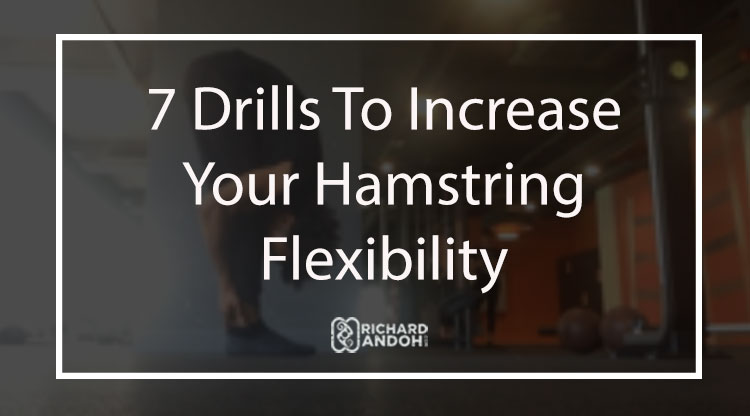
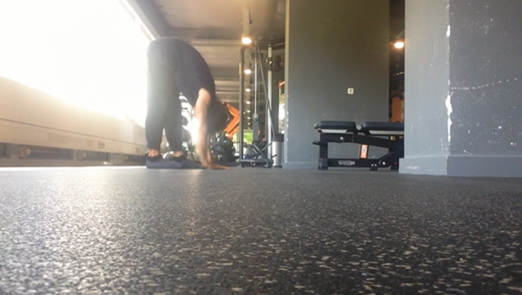
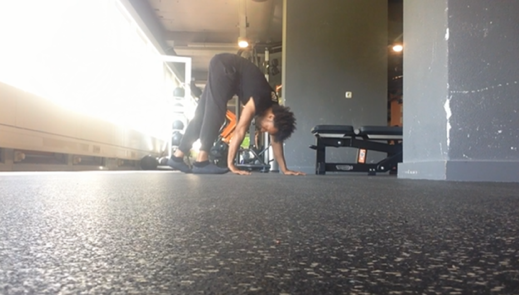
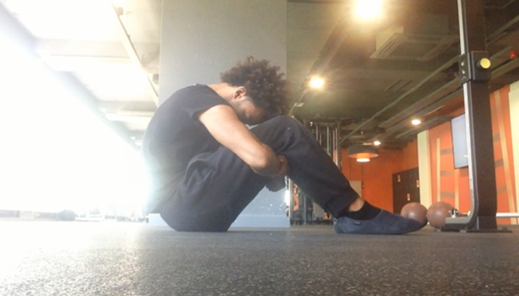
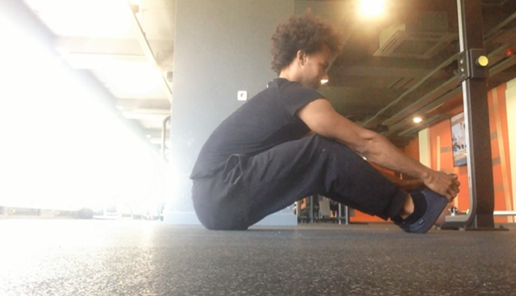
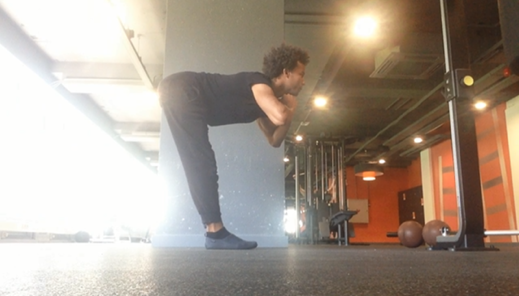
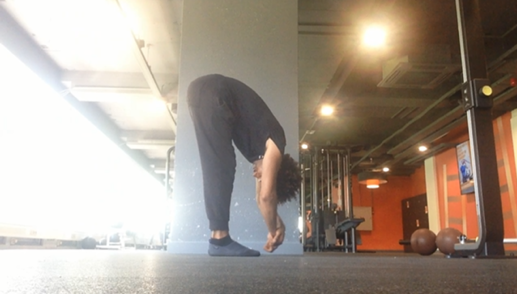
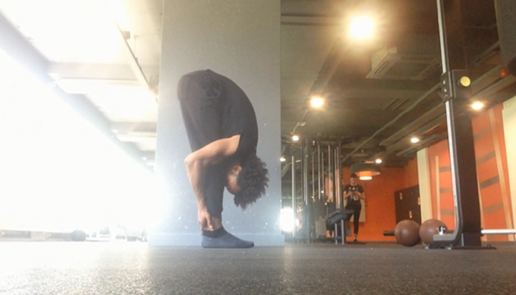
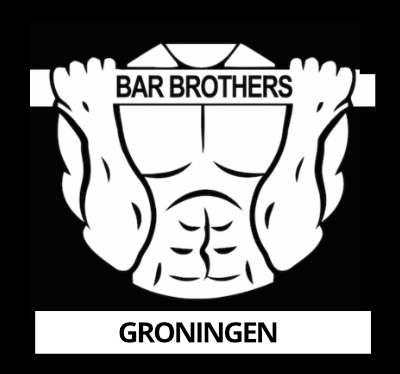
So far I love all your posts as well as your ebook for beginners! Keep them coming! Oh and I am working on that beast mode lol now if you would excuse me I have to get stretching!
Hey Ryan,
Thanks for your comment! Much appreciated!
Haha, love your attitude.
Keep up the good work and you’ll be touching the floor in no time ;).
*Fist bump*
found this on my desktop , i had shortcut it to a folder, re read it.. so helping a lot thanks. hamstrings and hip
mobility a problem, but will beat it. do you have an article on shoulder mobility.. have been working on doing a handstand. and work hard on shoulder moblity and core for a longtime now. but still cannot hold my arms up straight, so when i try to handstand.. the banana shape rears its ugly head.
many thanks
Barry
Hey Barry,
That’s great to read!
Here you go: http://www.barbrothersgroningen.com/flexibility-workout-plan-calisthenics/
*Fist bump*